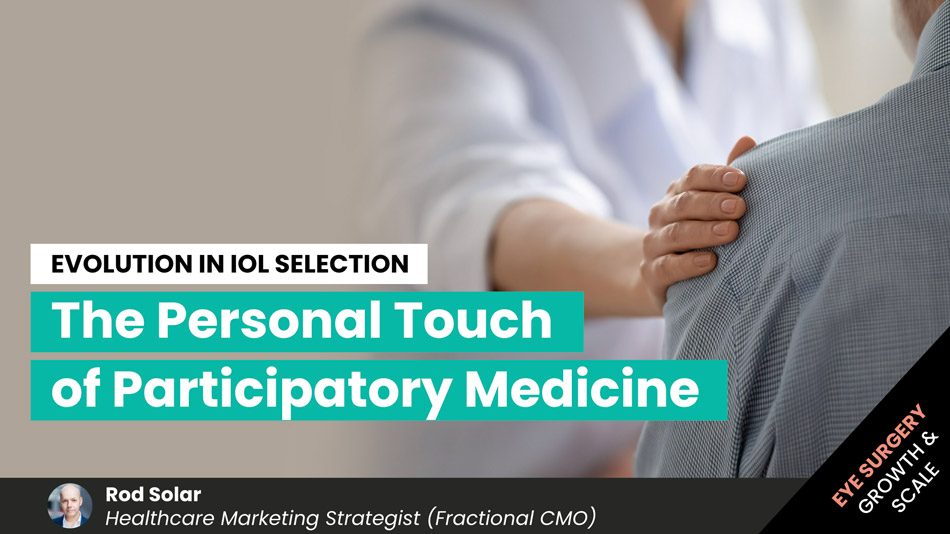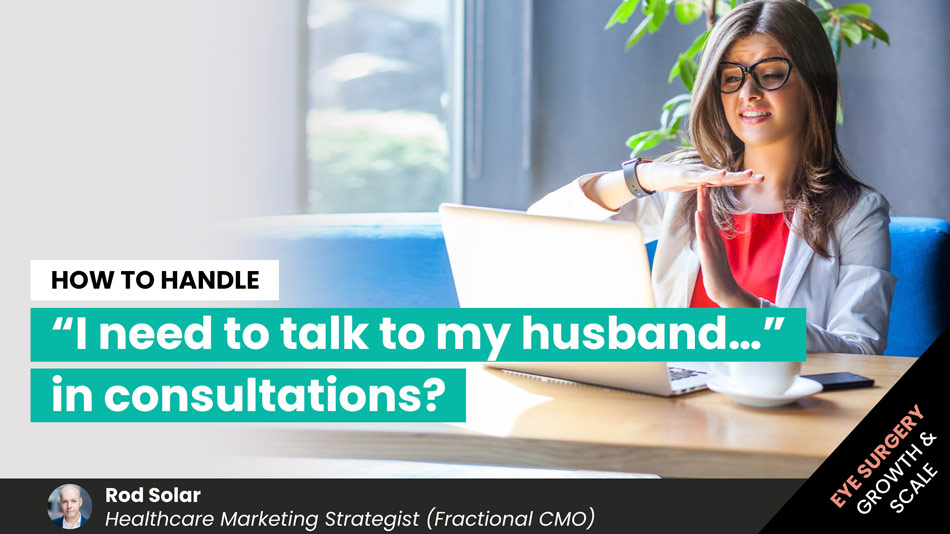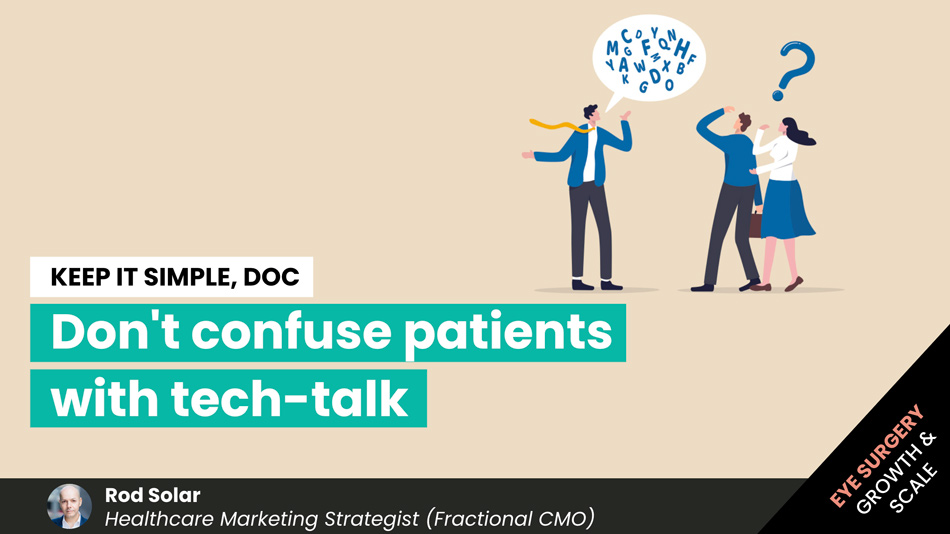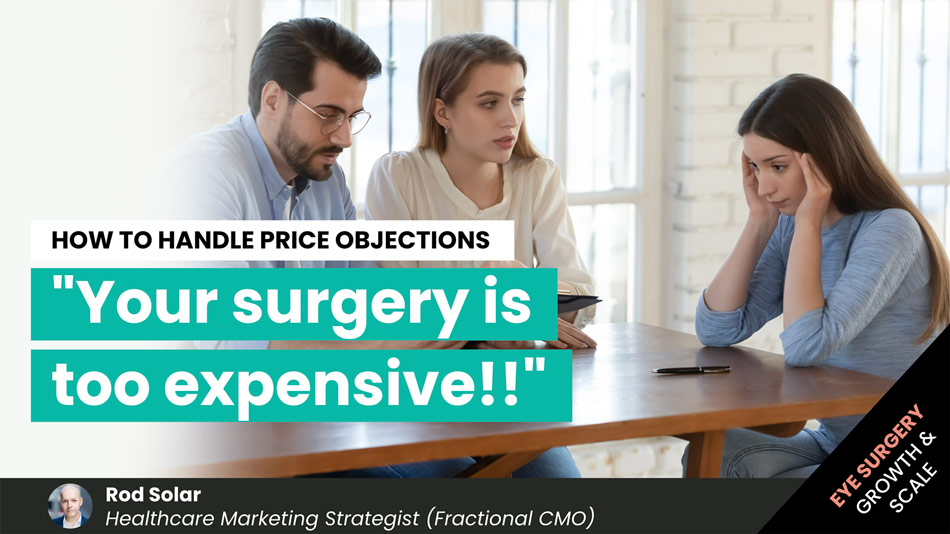13 tips to help your staff make great first impressions in healthcare consultations
Hint: Today’s post is one you can forward to your staff or print out and post in your lunch room. We spend about 15 minutes of our consultation skills and teamwork training on this topic alone, so it’s well worth a read And if that weren’t enough… have a look at this puppy!

Puppies are The Masters of Great First Impressions. But really, this is nothing more than a shameful excuse to insert a gratuitously cute image of a puppy into a healthcare marketing blog.
When greeting patients for the first time, we advise health care sales and customer service people to follow these 13 hints and tips guaranteed to enhance their first impressions:
1. Be ready. What constitutes being really ready? Having a print out of the patient’s file from your database system, knowing the patient’s name, their occupation, who they’ve had contact with already, what their concerns may be, what their motivations are, etc… To summarise, patient advisors should know everything that transpired at the telephone call. Obviously, it helps to have an excellent telephone enquiry handling process to ensure you have this information.
2. Be inspired. Few things close patients up faster than a less than enthusiastic greeting. As I have mentioned before, patient advisors should be greeting their patients as if they’re job depended on them, because their job really does depend on them.
3. Give yourself a pep talk. In high volume environments, it’s easy to fall into routine, especially when you’ve said the same things and heard the same questions a thousand times. What’s important to remember is that this is likely their very first time seeing someone like you – and hopefully, their last!
“We’ve seen the results of a thousand patient surveys, and no matter how able the doctor, how good their results, how posh the environment, or how friendly the staff, patients do not excuse your lateness.”
4. Be prompt. Not rushing to be on time (or worse, being late) for an appointment is a basic. We must remember that our patients bring with them a natural apprehensiveness regarding their first appointment. It’s all new to them and they are way out of their comfort zone. Making them wait unnecessarily is a great way to raise their tension, which makes opening them up a very difficult task. We’ve seen the results of a thousand patient surveys, and no matter how able the doctor, how good their results, how posh the environment, or how friendly the staff, patients do not excuse your lateness. Those extra minutes doing that last little thing costs you ten-fold in good will. Besides, it’s disrespectful.
5. Smile. People around the world have a universal signal for demonstrating greeting. It is astounding to me how many people I see in customer service jobs that do not employ this universal signal! Mother Theresa once wrote “Every time you smile at someone, it is an action of love, a gift to that person, a beautiful thing.” Remember too that smiles are infectious… and that the bug travels down the chain. If the patients are smiling, the boss is smiling. If the boss is smiling, the staff might just feel it’s ok to do so as well.
6. Make eye contact. Eye contact lets people you are talking to know that you are present. It’s really difficult to create rapport without eye contact. Try it sometime – it’s next to impossible unless one or both people are blind. The right measure of eye contact is 80/20. Train your eyes on your patients eyes 80% of the time (when you’re speaking, and definitely when you’re listening), use the remaining 20% to look away. The 20% prevents the “locked stare” that makes people a little uncomfortable.
“Every time you smile at someone, it is an action of love, a gift to that person, a beautiful thing.” Mother Theresa
7. Use the prospect’s names. One the finest sounds one can hear anyone else speak is the sound of one’s own name. Using your patient’s name at the greeting shows them that you are expecting them. It starts the greeting on the right foot. We’re often asked about the use of prefixes like Mr or Mrs. There are many opinions on this, but what we’ve found to be a good approach is to use the formal (i.e. Mrs. Smith) and then ask, may I call you “Jane”. Most people will often agree to go informal, and those who don’t will alert you to stay on the formal.
8. Check the pronunciation of their first and last name. Often, your patients will have names that are not familiar to you at first. Reading the first and last name to yourself first will help you get your bearings. If you’re still unsure, don’t avoid using their name; instead ask them how they pronounce it. We find that most people like it when we make an effort to pronounce their name (we get a similar response when saying please and thank you in the language of the country we are traveling in). When we pronounce it right (even after a few tries), they always smile. Additionally, it starts things off on a lighter note, and we can use the experience to laugh a little at ourselves – which instantly puts many people at ease . Trying this with nearly every unfamiliar name you encounter further provides the benefit of becoming more familiar with foreign-sounding names over time.
9. Express gratitude for their visit. It must be a cultural thing, but when we suggest thanking patients for coming in our consultation skills training courses, customer service people in the UK look at me in horror as if I’m about to stuff blue cheese down their throat. We think that thanking people is a very natural thing and we’ve never had anyone look at me strangely when we thank them for meeting me (in the UK or anywhere else). Inserting a quick “thanks for coming in today” adds a little polish to your introduction that only helps to communicate that you respect your patient’s time and are happy to see them.
“Let’s show a little service, shall we? Get up out of your chair, walk over to the coffee pot, pour it in a cup, put it on a saucer, ask them how they take it, and bring it to them! These patients are paying your wage, act like it!”
10. Offer refreshments. This is another pet peeve of ours that we really hit hard in our customer service training programs: way too often, we see customer service people disinterestedly point at a coffee machine and say: “help yourself to tea or coffee.” Now, would you ever do that with a new guest in your home? (we’m not talking about people who know you and your home so well that they could make you dinner in your own kitchen). Instead, we insist people ask patients: “Can I get you anything to drink? Tea, coffee, or anything else?” Then, when the patient agrees, let’s show a little service, shall we? Get up, walk over to the coffee pot, pour it in a cup, put it on a saucer, ask them how they take it, and bring it to them! These patients are paying your wage, act like it!
11. Create a comfortable environment. Ask your patients if you can take their coat. Ask them if you can store any luggage they have with them. If they look hot or cold, ask them if they’d like you to turn the heat down or up. If they are having trouble hearing, turn the music down. If they look bored while waiting, offer them a magazine. Do everything you can to make them feel comfortable and at ease. This is what friends do – and you want your patients to consider you a friend.
“Are you treating your staff in the way you wish they would treat your customers? You had better be, because “do as I say, not as I do” is not a reliable modelling strategy. Be the change you want to see in your business, and you’ll have earned the right to expect the best.”
12. Ensure all housekeeping is done. Before bringing a patient into a room, have a look inside and make sure it’s tidy and neat. This will avoid the need to make apologies for your colleagues’ untidiness. Many patients judge service establishments by the cleanliness and tidiness of the facilities. Don’t let something so simple trip you up.
13. Walk with your guests. I am dismayed when I see a practitioner or a counselor retrieve a patient from the waiting room, announce the patient’s name, and then hurriedly trot towards the examination room with the patient struggling to keep up. Consider the short walk to the consultation or examination room an opportunity to begin your warm-up. It saves time and enables you start building rapport from the first moment.
Bonus tip
Finally, consider this: Are you treating your staff in the way you wish they would treat your customers? You had better be, because “do as I say, not as I do” is not a reliable modelling strategy. Be the change you want to see in your business, and you’ll have earned the right to expect the best.
Related Posts
Meet our Co-Founders
We’re passionate about helping leaders of high-quality, growth-minded practice owners double their practice revenue

Rod Solar
Founder & Scalable Business Advisor
For over 20 years, I’ve helped ophthalmology entrepreneurs scale their private practices. I specialise in doubling revenue within three years by offering a proven framework, hands-on experience, and a team of experts who implement what works. We take the guesswork out of growth and scale, so you can focus on delivering exceptional patient care while maximising the value of your business.
LiveseySolar completely transformed the way we were approaching this… We’ve gone from having just the dream of having a practice to having a practice up and running with people making inquiries and booking for procedures… It’s extremely pleasing. We feel lucky we connected with LiveseySolar.
— Dr Matthew Russell, MBChB, FRANZCO, specialist ophthalmic surgeon and founder of VSON and OKKO

Laura Livesey
Founder & CEO
I’m the co-founder & CEO of LiveseySolar. I’ve developed powerful eye surgery marketing systems that increase patient volumes and profits for doctors, clinics, and hospitals, since 1997.
Rod and Laura know as much about marketing surgery to patients as I know about performing it. They are an expert in the field of laser eye surgery marketing. They know this industry inside out. I believe that they could help many companies in a variety of areas including marketing materials, sales training and marketing support for doctors.
— Prof. Dan Reinstein, MD MA FRSC DABO, founder of the London Vision Clinic, UK






